Frederica Freyberg:
Now to our dry, hot weather. Below normal rain levels in the spring are unchanged heading into the summer, leaving water levels lower than usual and front yards scorching. The U.S. Drought Monitor issued severe drought conditions in southeastern Wisconsin. Moderate drought conditions we’re called across southwest and central parts of the state with abnormally dry conditions in the rest of Wisconsin. UW-Madison Climate Researcher and Agronomy Department Chair Christopher Kucharik is on top of these developments and he joins us now from Madison and, professor, thanks very much for doing so.
Christopher Kucharik:
Thank you for having me.
Frederica Freyberg:
So what kind of precipitation deficit have we experience since spring and what would it take to make it up?
Christopher Kucharik:
We’ve been running about half of what we normally would get and that’s just sort of a general statement. That’s about two to maybe four or five inches across the southern part of the state. And that’s equal to about a month to maybe a month and a half, depending on where you are of the normal precip we would get during the summertime and the spring. You know, it could be made up quickly depending on if you’re under a heavy thunderstorm. But it can take a lot to make up that kind of a deficit quickly.
Frederica Freyberg:
Absolutely and you don’t necessarily want those giant deluges, either. Now the northern part of the state is not as dry, but the whole state, as you’ve reported, had been below normal for much of the last year. Significantly so across the state?
Christopher Kucharik:
More so in the southern half of the state. The north has been spared a little bit and they did get some more precipitation yesterday, which is helping. But the whole state has been sort of behind average, particularly the last six months, even going back to fall of last year, which is a pretty big change compared to what we’ve been experiencing the last decade across the state.
Frederica Freyberg:
So what does this drought condition look like for crops in the southern part of the state as we speak?
Christopher Kucharik:
Yeah. So, you know, it’s not too bad yet. A majority of our crops are rated in the fair to good range. And this drought is happening a bit earlier than normally we would experience. Typically it would be July and August when we start to see the much hotter and dryer conditions. But we’re doing okay and there’s a lot of the growing season left to make up some of that deficit. So the next four to six weeks will be pretty important for crop development.
Frederica Freyberg:
How does this year look compared to the drought of 2012 which we all remember?
Christopher Kucharik:
Sure. Yeah. Good question. So we are starting earlier this year with the drought conditions. We’re about a month ahead of where we were in 2012. And that really is because of the lack of springtime precip that we had. In 2012 across most of the state, we had about double the amount of springtime rainfall than we’ve had in 2021. So we’re going into the season with a lot less stored in the soil. So right now plants are growing. They’re just emerging and developing and they’re trying to put roots deeper to find water and they’re unlikely to find very much right now, which is probably the biggest difference between those two years.
Frederica Freyberg:
So in between then and now, we’ve also seen years as we’ve kind of described with heavy precipitation, described as kind of weather whiplash. Are we then experiencing the effects of climate change with these extremes?
Christopher Kucharik:
Yeah. This is something we worry quite a bit about moving into the future, is the variability moving, you know, very rapidly from one extreme to the next. And farming is already challenging enough, you know, if you talk to any farmer. They’re always waiting for the next rain or the next dry day to be able to do something. Unfortunately, this is a trend that we anticipate will continue to happen, where we go from really wet to really dry conditions. And it doesn’t have to be from year to year. It can be within a season itself.
Frederica Freyberg:
Yeah. All right. Well, we look for rain. Christopher Kucharik, thanks very much and thanks for joining us on this.
Christopher Kucharik:
Thank you for having me.
Search Episodes

Donate to sign up. Activate and sign in to Passport. It's that easy to help PBS Wisconsin serve your community through media that educates, inspires, and entertains.
Make your membership gift today
Only for new users: Activate Passport using your code or email address
Already a member?
Look up my account
Need some help? Go to FAQ or visit PBS Passport Help
Need help accessing PBS Wisconsin anywhere?

Online Access | Platform & Device Access | Cable or Satellite Access | Over-The-Air Access
Visit Access Guide
Need help accessing PBS Wisconsin anywhere?

Visit Our
Live TV Access Guide
Online AccessPlatform & Device Access
Cable or Satellite Access
Over-The-Air Access
Visit Access Guide
 Passport
Passport



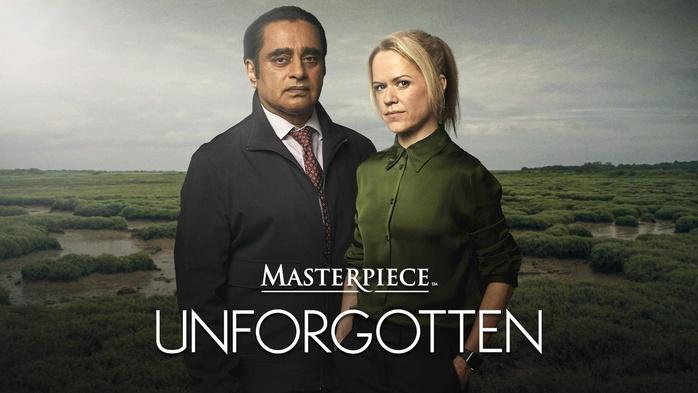

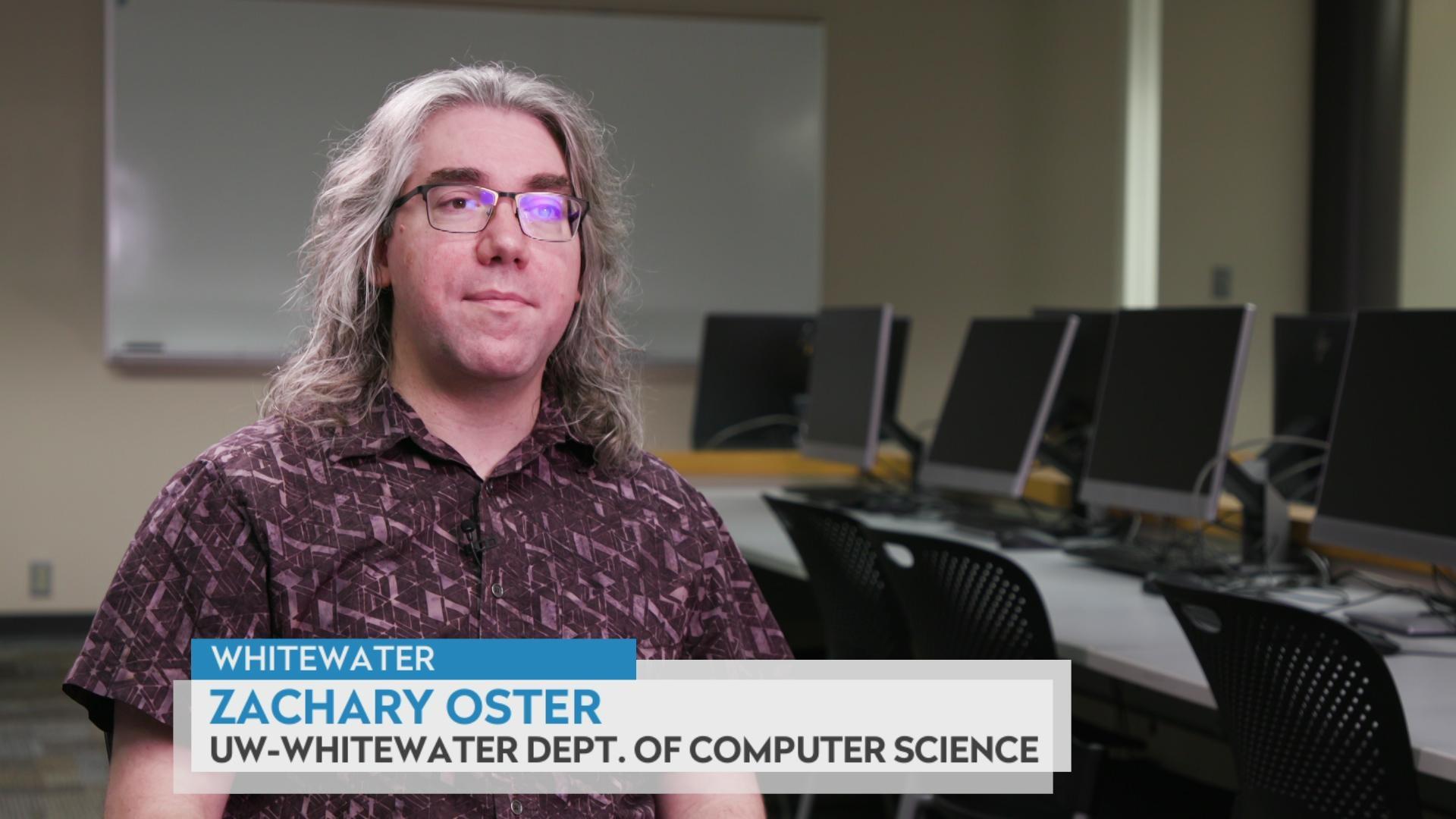
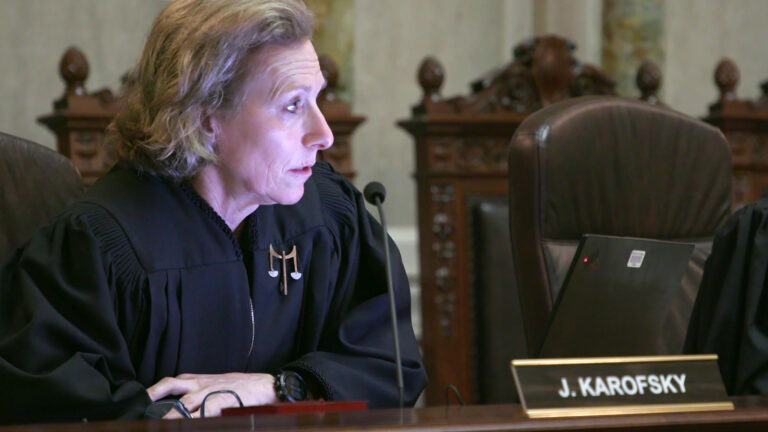

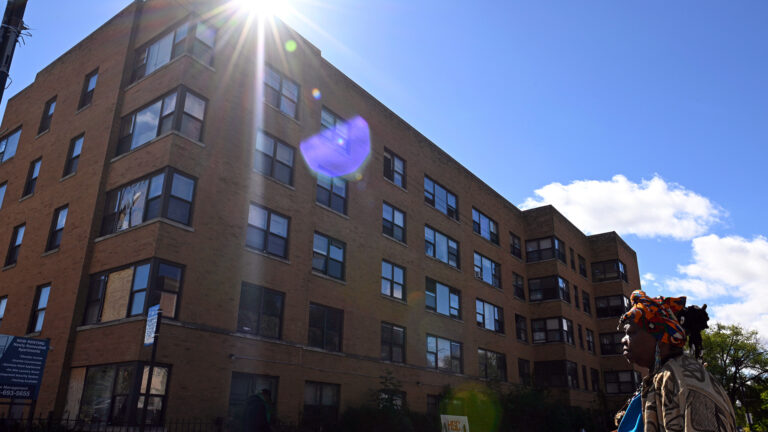

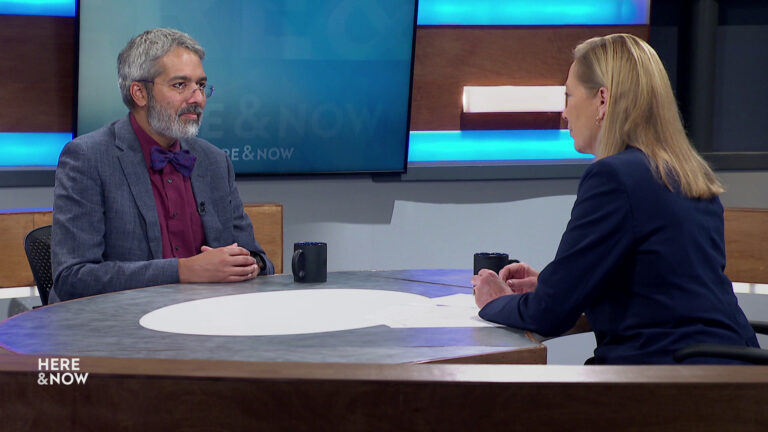
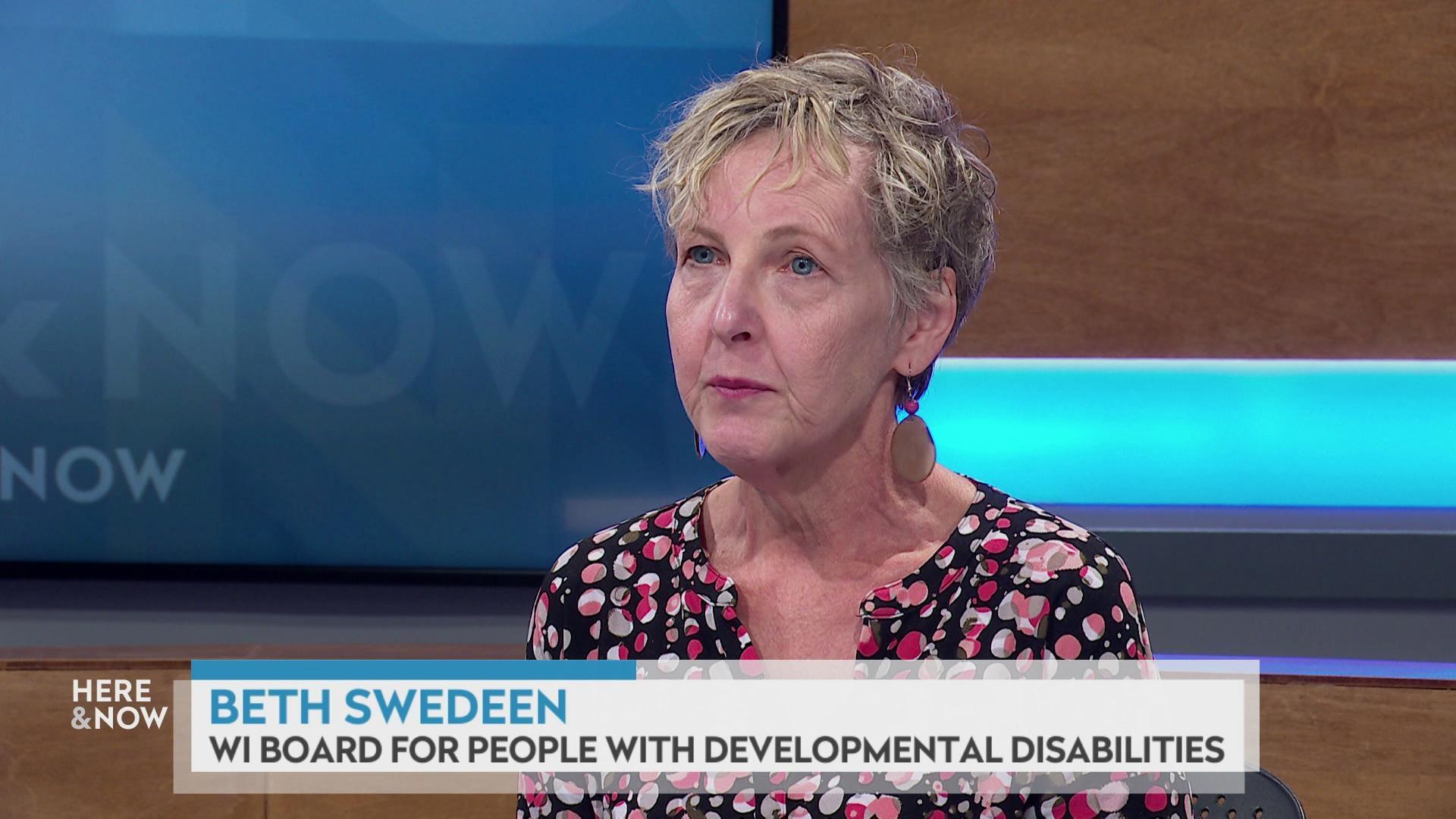
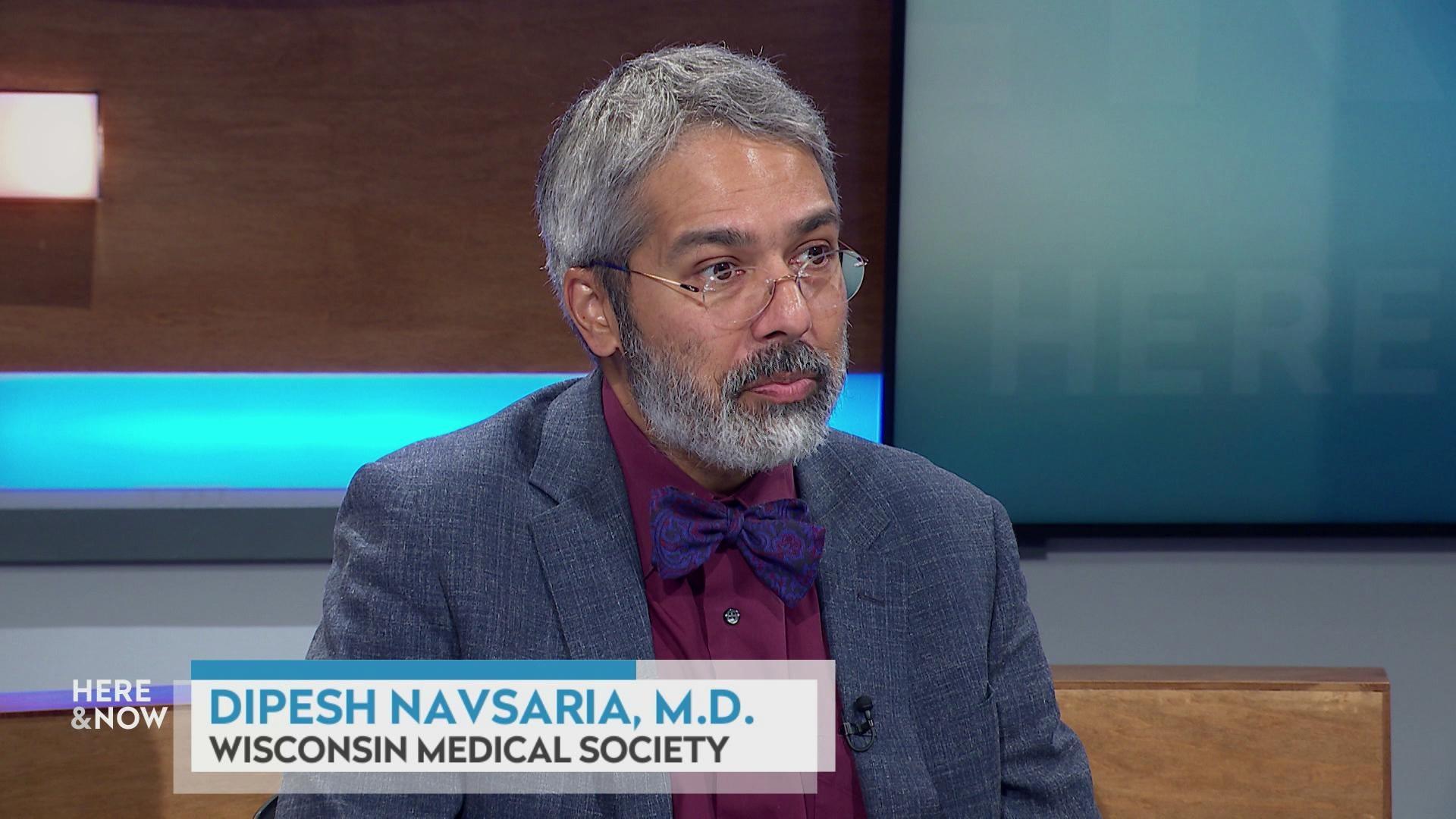
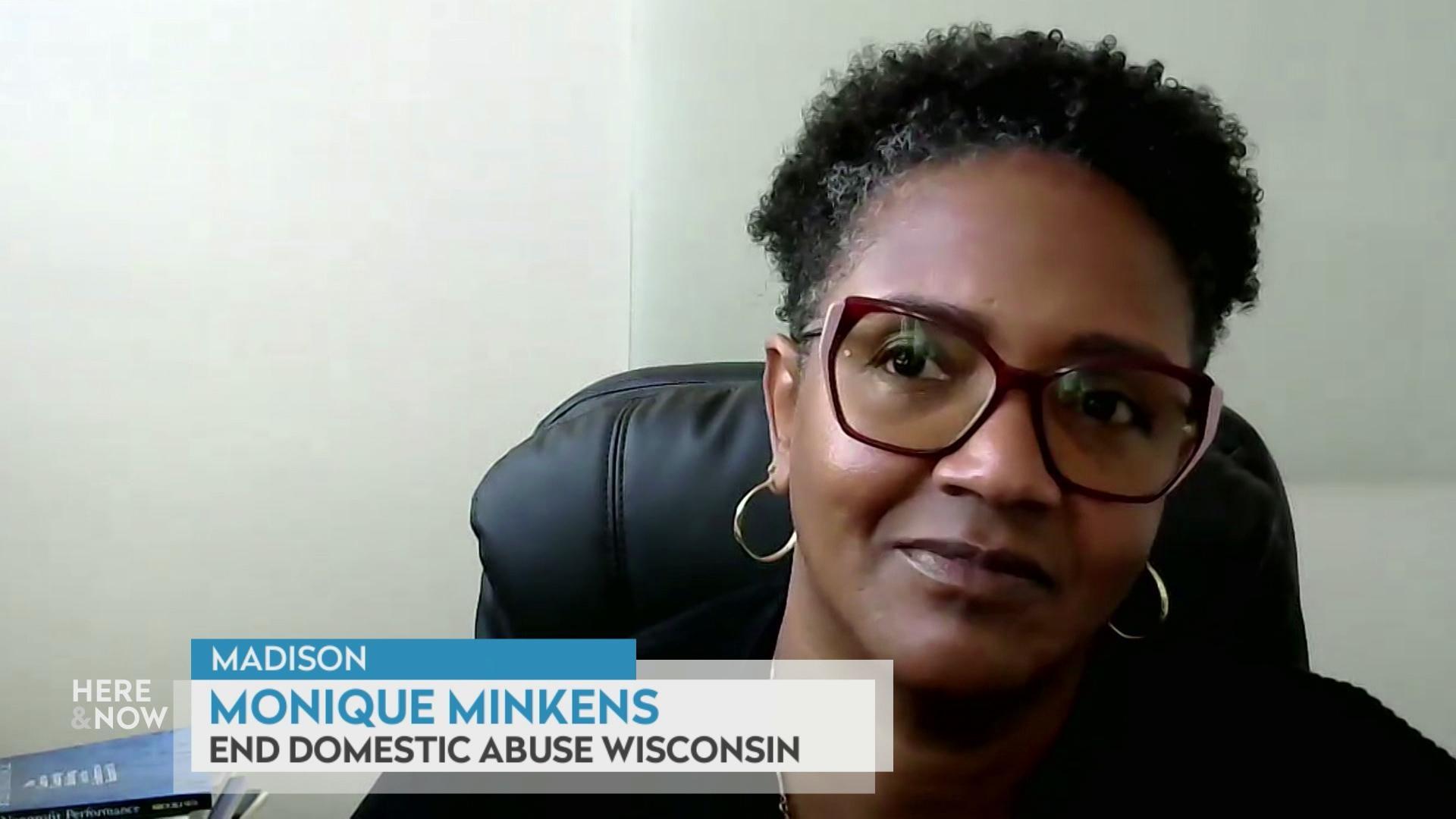
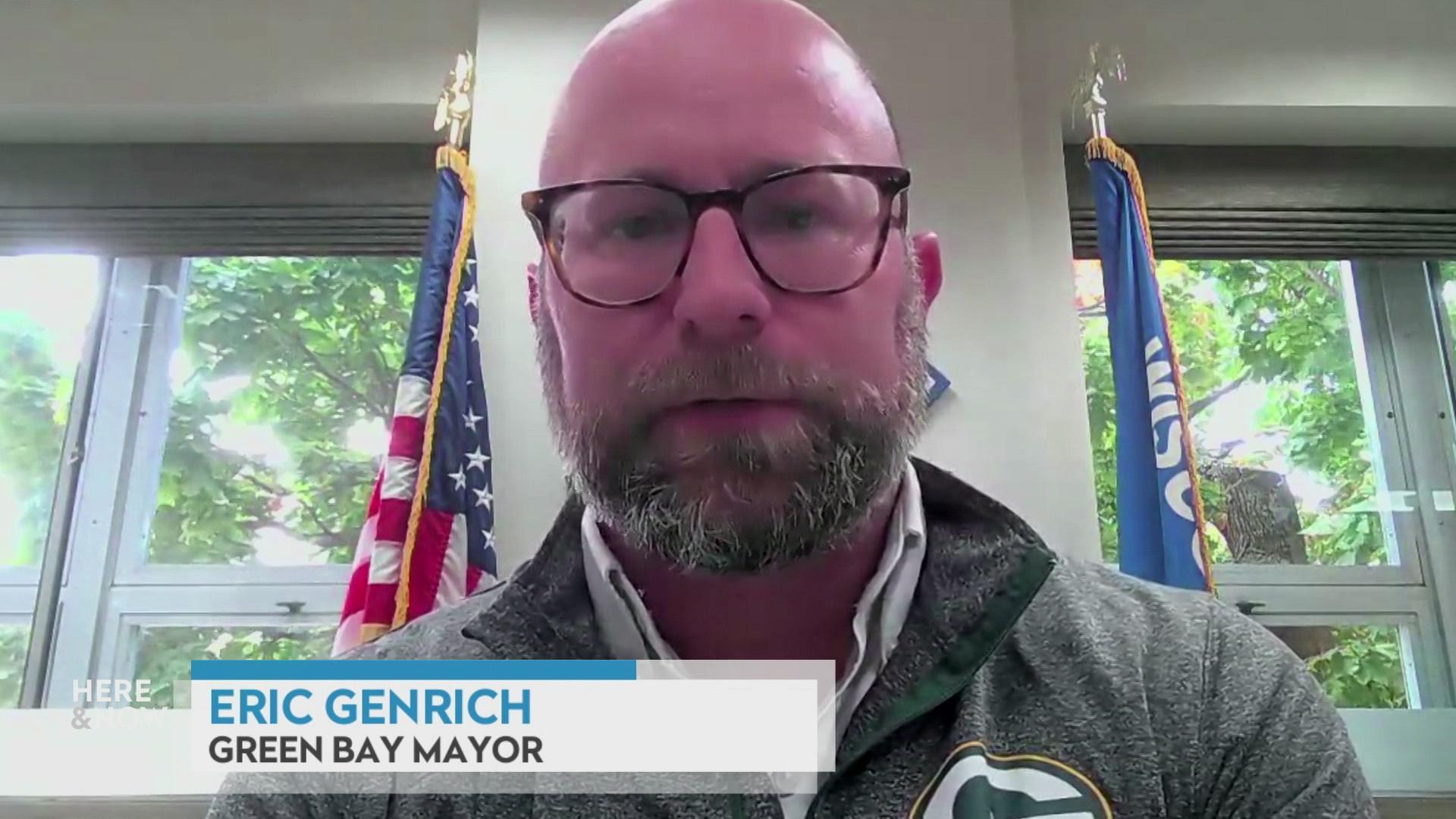

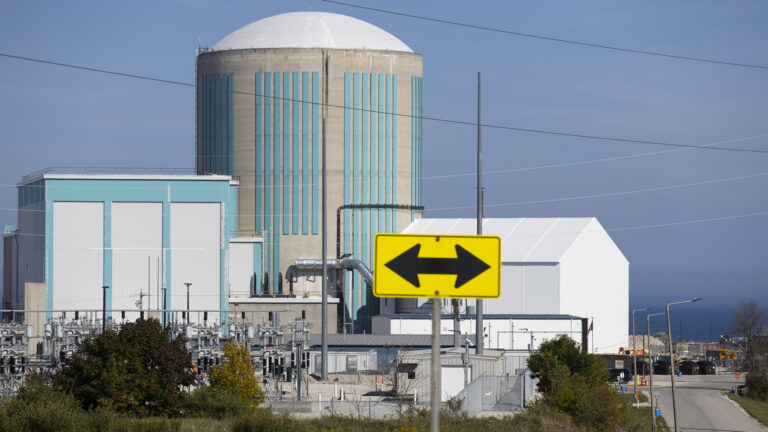

Follow Us